Home>Garden Essentials>How Do Strawberries Fit Into Crop Rotation Plans?
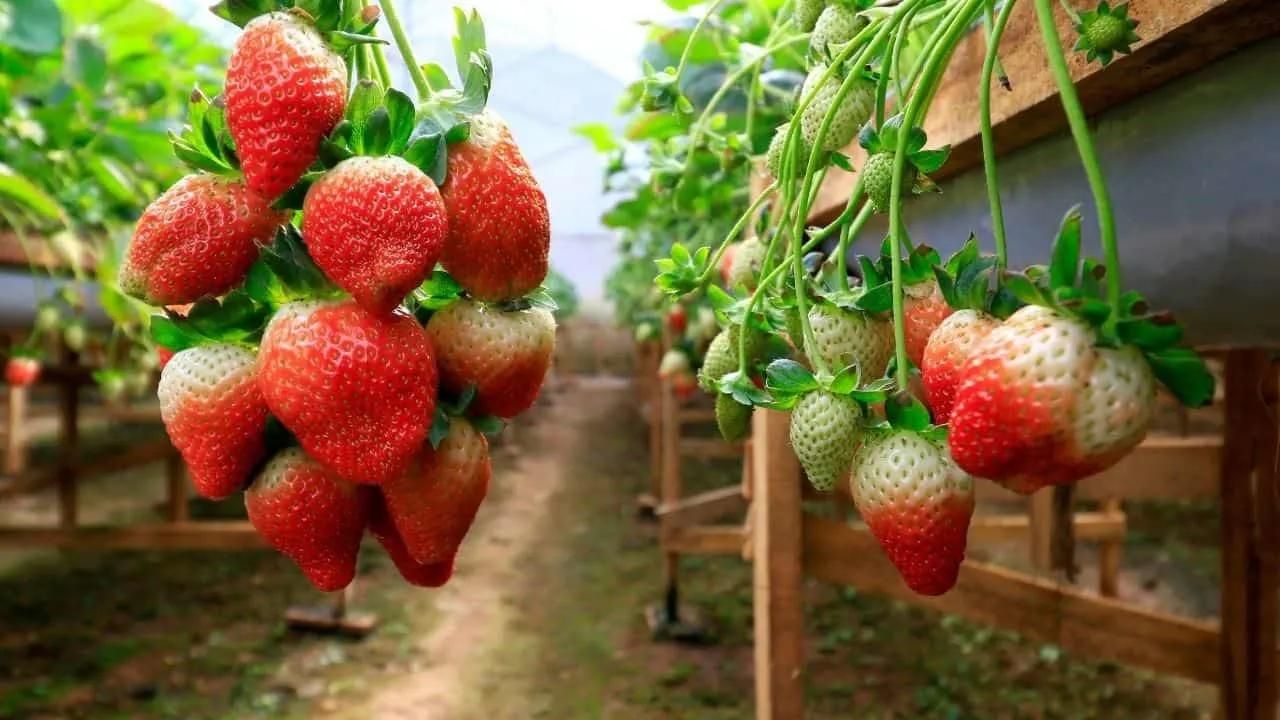

Garden Essentials
How Do Strawberries Fit Into Crop Rotation Plans?
Modified: March 15, 2024
Discover the importance of incorporating strawberries into your garden's crop rotation plans. Learn how these versatile fruits benefit the soil and maximize your harvest yields.
(Many of the links in this article redirect to a specific reviewed product. Your purchase of these products through affiliate links helps to generate commission for Storables.com, at no extra cost. Learn more)
Introduction
Crop rotation is an essential practice in sustainable farming, designed to improve soil health, maximize yield, and reduce pest and disease pressure. By systematically alternating the types of crops grown in a particular area over several seasons, farmers can prevent the buildup of pests and diseases, promote balanced nutrient cycling, and enhance overall soil fertility.
When it comes to crop rotation, strawberries may not be the first crop that comes to mind. However, these delicious and nutritious fruits can be successfully incorporated into rotation plans to capitalize on their unique advantages and overcome some of the challenges associated with growing them.
In this article, we will delve into the basics of crop rotation, explore the intricacies of growing strawberries, discuss the challenges faced by strawberry farmers, and learn how to effectively include strawberries in rotation plans. Whether you are a home gardener or a commercial farmer, understanding the role of strawberries in crop rotation can help you optimize your planting strategies and achieve sustainable and bountiful harvests.
So, let’s dig in and discover how strawberries fit into crop rotation plans!
Key Takeaways:
- Crop rotation with strawberries boosts soil health, reduces pests, and increases yields. Strawberries suppress pests, efficiently use nutrients, and diversify revenue streams for farmers.
- Successful strawberry rotation requires careful soil prep, proper planting, regular maintenance, and post-harvest practices. Integrating strawberries with compatible crops optimizes farming systems and yields.
Read more: How Do Rest Crops Relate To Crop Rotation?
The Basics of Crop Rotation
Crop rotation is a farming technique that involves the systematic sequencing of different crops across a specific piece of land over a period of time. It is a time-honored practice that has been used for centuries to improve soil health, manage pests and diseases, and maximize agricultural productivity.
At its core, crop rotation aims to break the cycle of pests and diseases by interrupting their favorable conditions and reducing their population. Different plant species have varying nutrient requirements and are susceptible to different pests and diseases. By rotating crops, farmers can minimize the buildup of specific pests and diseases and disrupt their life cycles, making it more difficult for them to establish themselves in the soil.
One of the key benefits of crop rotation is improved soil fertility. Different crops have varying nutrient needs, and by rotating crops, farmers can replenish soil nutrients more effectively. For example, leguminous plants like beans and peas have the ability to fix nitrogen from the atmosphere and improve soil nitrogen levels. By including legumes in rotation plans, farmers can naturally enhance soil fertility without relying solely on synthetic fertilizers.
Crop rotation also helps to optimize the use of soil resources. By rotating crops with different root structures and depths, farmers can reduce soil erosion and maintain soil structure and organic matter content. Deep-rooted crops like corn or sunflowers can break up compacted soil and improve water infiltration, while shallow-rooted crops like lettuce or radishes can help control and suppress weeds.
Another advantage of crop rotation is increased weed control. By alternating crops, farmers can disrupt weed life cycles and prevent the dominance of specific weed species. Additionally, some crops like cover crops or green manures can be used in rotation to smother and suppress weed growth, reducing the need for herbicide applications.
Furthermore, crop rotation can contribute to enhanced biodiversity on the farm. Different crops attract different beneficial insects and wildlife, creating a more balanced ecosystem that can naturally regulate pest populations. This reduces the reliance on chemical pesticides and promotes a healthier and more sustainable farming environment.
In summary, crop rotation is a fundamental practice in sustainable farming that offers a multitude of benefits. It helps manage pests and diseases, improve soil fertility, control weeds, optimize the use of soil resources, and promote biodiversity. By incorporating crop rotation into their farming systems, growers can achieve higher crop yields, reduce the need for chemical inputs, and contribute to the long-term health and productivity of their land.
Understanding Strawberries as a Crop
Strawberries are a popular and versatile fruit that can be grown in a variety of climates and regions. They are not only delicious but also packed with essential vitamins, minerals, and antioxidants, making them a nutritious addition to any diet. To fully understand how to incorporate strawberries into crop rotation plans, it’s important to have a grasp of their basic characteristics, cultivation practices, and nutritional requirements.
Overview of strawberry plants: Strawberry plants belong to the Fragaria genus and are members of the Rosaceae family. They are herbaceous perennials that produce runners, or long stems, that branch off and produce new plants. Depending on the variety, strawberry plants can vary in size and shape, ranging from compact mounded plants to sprawling runners.
Common cultivation practices for strawberries: Strawberries are typically grown from bare-root transplants or nursery-grown plants. They prefer well-drained soils rich in organic matter and a pH range of 5.5 to 6.8. Prior to planting, it is essential to prepare the soil by removing weeds, incorporating compost or aged manure, and ensuring proper drainage.
Strawberries are traditionally grown in raised beds or mounds to improve drainage and air circulation around the plants. The spacing between plants should allow for adequate growth and access for harvest. Mulching is commonly used to suppress weeds, conserve moisture, and protect fruits from direct contact with the soil.
Nutritional requirements of strawberries: Strawberries have specific nutritional requirements that must be met for optimal growth and fruit production. They require a balanced supply of essential macronutrients, including nitrogen (N), phosphorus (P), and potassium (K), as well as secondary macronutrients like calcium (Ca) and magnesium (Mg).
In addition to macronutrients, strawberries also require micronutrients, such as iron (Fe), manganese (Mn), zinc (Zn), and copper (Cu). Adequate levels of these nutrients ensure healthy plant growth, disease resistance, and high-quality fruit production. Leaf analysis and soil testing can help farmers determine the nutrient content of their soil and make necessary adjustments through fertilization.
It’s important to note that excessive nitrogen fertilization can result in excessive vegetative growth and reduce fruit quality. Careful monitoring and proper fertilization practices are key to balancing plant growth and fruit production in strawberries.
Understanding the basic characteristics of strawberry plants, common cultivation practices, and nutritional requirements are crucial for successful strawberry production. By employing appropriate cultivation techniques and providing the necessary nutrients, farmers can ensure healthy plants, high yields, and delicious strawberries that are ready to be integrated effectively into crop rotation plans.
Challenges in Growing Strawberries
While strawberries can be a rewarding crop to grow, they also present certain challenges for farmers. Understanding and addressing these challenges is essential to successful strawberry cultivation. Let’s take a closer look at some of the primary challenges encountered when growing strawberries.
Pest and disease susceptibility: Strawberries are susceptible to a range of pests and diseases that can impact plant health and reduce yields. Common pests include aphids, spider mites, slugs, and snails. These pests can cause damage to the foliage, flowers, and fruits. Diseases such as gray mold (Botrytis cinerea), powdery mildew, and verticillium wilt can also affect strawberries, leading to reduced productivity and plant vigor.
To manage pests and diseases, integrated pest management (IPM) practices should be implemented. This involves a combination of preventive measures, such as selecting disease-resistant varieties, maintaining proper plant spacing for good airflow, and practicing good sanitation. Additionally, biological control methods, such as releasing beneficial insects that prey on pests, can help reduce infestations.
Weed management in strawberry fields: Weeds can be particularly problematic in strawberry fields as they compete for resources, such as water, nutrients, and sunlight. Weeds can also harbor pests and diseases, further affecting strawberry plant health. Effective weed management is crucial to maintain crop productivity and reduce the need for excessive hand-weeding or herbicidal sprays.
Strategies for weed management in strawberry fields include cultural practices such as adequate mulching to suppress weed growth, timely and proper irrigation to promote strong plant growth, and regular cultivation or hand-weeding to remove weeds that emerge. Mulching with organic materials, such as straw or wood chips, not only suppresses weed growth but also helps conserve soil moisture and maintain more stable soil temperatures.
Soil depletion and fertility issues: Growing strawberries in the same area year after year can lead to soil depletion and fertility issues. Strawberries require a steady supply of nutrients to support their growth and fruit production. Continuous cultivation of strawberries without proper soil management practices can deplete essential nutrients, resulting in reduced yields and poor plant health.
To combat soil depletion and maintain soil fertility, farmers should incorporate practices such as crop rotation, cover cropping, and soil amendments. By rotating strawberries with other crops, nutrients can be replenished, and pest and disease cycles can be disrupted. Cover crops, such as legumes or grasses, can be planted during fallow seasons to improve soil structure, suppress weeds, and add organic matter. Regular soil testing should also be conducted to monitor nutrient levels and make necessary amendments.
By addressing the challenges of pest and disease management, weed control, and soil fertility, farmers can overcome obstacles in strawberry cultivation. Implementing proactive strategies and adopting sustainable practices ensure healthier plants, higher yields, and a more successful integration of strawberries into crop rotation plans.
Consider rotating strawberries with crops such as legumes or grains to improve soil health and reduce disease pressure. Avoid planting strawberries in the same area for more than 3 years to prevent soil depletion and pest buildup.
Incorporating Strawberries in Crop Rotation
When it comes to crop rotation, strawberries may not be the first crop that comes to mind. However, integrating strawberries into crop rotation plans offers unique advantages for farmers. Let’s explore why including strawberries in your rotation can be beneficial, considerations for integrating them with other crops, and the best crops to precede or follow strawberries in rotation.
Advantages of including strawberries in crop rotation plans: Incorporating strawberries into crop rotation brings several benefits to the farming system. First and foremost, strawberries are a high-value crop with a strong market demand. By including strawberries in rotation, farmers can diversify their revenue streams and potentially increase profits.
Additionally, strawberries are known for their ability to suppress pest and disease populations, making them an ideal crop to break the pest cycles of other crops. Growing strawberries in rotation can help reduce the buildup of pests and diseases that commonly affect other crops, therefore contributing to improved overall crop health and reduced reliance on chemical pesticides.
Strawberries are also efficient in nutrient uptake, particularly nitrogen. Growing strawberries in rotation can help make the most of residual nutrients in the soil and enhance nutrient cycling, leading to improved soil fertility for subsequent crops.
Considerations for integrating strawberries with other crops: Before integrating strawberries into crop rotation, several considerations should be taken into account. Firstly, it’s essential to choose compatible companion crops. Selecting crops that have similar growth requirements, such as water and sunlight, can help ensure optimal performance and productivity for all crops involved.
It’s also important to consider the duration of the strawberry production cycle. Strawberries typically have a longer lifespan compared to many other annual crops. Thus, the timing of planting and harvesting strawberries must be carefully coordinated with the rotation scheme to avoid conflicts and ensure smooth transitions between crops.
Another crucial consideration is the potential for pest and disease transmission. Some pests and diseases affecting strawberries can also affect the following crops in rotation. Farmers should carefully monitor and manage pest and disease populations to minimize their impact on subsequent crops.
Best crops to precede or follow strawberries in rotation: When incorporating strawberries into crop rotation, it’s beneficial to select crops that complement their growth and address the specific needs of the soil. Here are a few suitable options:
1. Legumes: Preceding strawberries with leguminous crops, such as beans or peas, can help enrich the soil with nitrogen through nitrogen fixation, improving overall soil fertility.
2. Leafy Greens: Following strawberries with leafy greens like lettuce or spinach allows for efficient use of residual nutrients in the soil while benefiting from the weed suppression provided by the strawberry mulch.
3. Root Crops: Root crops such as carrots or beets can be effectively integrated with strawberries. The deep roots of these crops help break up compacted soil while strawberries provide ground cover, reducing weed growth.
4. Cover Crops: Incorporating cover crops like clover or rye into rotation after strawberries can protect and enhance the soil during fallow periods, improving soil structure and preventing erosion.
By carefully selecting companion crops and considering the specific needs of the soil and the rotation scheme, farmers can create a well-rounded crop rotation plan that maximizes the benefits of incorporating strawberries.
Integrating strawberries into crop rotation plans offers diverse advantages, including revenue diversification, pest and disease suppression, and enhanced nutrient cycling. By selecting compatible crops, monitoring pests and diseases, and choosing appropriate preceding or following crops, farmers can reap the rewards of sustainable and successful crop rotation featuring strawberries.
Strategies for Successful Strawberry Rotation
Growing strawberries as part of a crop rotation plan requires careful planning and implementation of specific strategies to ensure optimal plant growth, maximum yields, and overall success. Here are some important strategies to consider when incorporating strawberries into your rotation.
Preparing the soil for strawberries: Before planting strawberries, it is crucial to prepare the soil properly. Start by removing weeds and any debris from the planting area to reduce competition for resources. Test the soil to determine its pH and nutrient content, and make any necessary amendments to create the ideal growing conditions for strawberries. Incorporate organic matter, such as compost or well-rotted manure, to improve soil structure, water drainage, and nutrient availability.
Proper planting techniques: When transplanting strawberry plants, ensure that they are healthy and vigorous. Select disease-resistant varieties suited to your region. Plant the transplants at the correct depth, ensuring that the crown is level with the soil surface. Water the plants thoroughly after planting to settle the soil and encourage root establishment.
Pay attention to spacing, allowing enough room between plants for proper air circulation and growth. A distance of about 12 to 18 inches between plants and rows is generally recommended. Proper spacing helps reduce disease incidence and allows for easier harvesting.
Maintenance and care during the growing season: Regular maintenance and care are essential for optimal strawberry growth and fruit production. Provide adequate water, especially during dry periods, to ensure consistent soil moisture. Avoid overhead watering, as wet foliage can increase the risk of diseases.
Control weeds by applying mulch around the plants. Mulching not only helps suppress weed growth but also conserves soil moisture and prevents direct contact between the berries and the soil, reducing the risk of rot.
Monitor pest and disease activity regularly. Implement integrated pest management strategies, such as scouting for pests, using biological controls, and applying targeted pesticides only when necessary. Keep an eye out for common pests like aphids, slugs, or spider mites, as well as diseases like gray mold or powdery mildew.
Post-harvest practices for strawberries: After harvesting strawberries, it’s important to follow proper post-harvest practices. Remove any infected or damaged fruits to prevent the spread of diseases. Refrigerate or process the harvested strawberries as soon as possible to maintain their quality.
Clean and sanitize the planting area after the harvest season to minimize the risk of pests and diseases from overwintering. Remove and destroy any remaining plant debris, and consider solarization or fumigation if necessary.
Consider incorporating a cover crop or green manure into the rotation plan during fallow periods after strawberry harvest to improve soil health and prevent erosion. This helps maintain organic matter levels and prepares the soil for the next crop in rotation.
By following these strategies for successful strawberry rotation, farmers can optimize plant health, maximize yields, and ensure a smooth integration of strawberries into their crop rotation plans. Proper soil preparation, careful planting techniques, regular maintenance, and post-harvest practices all contribute to a productive and sustainable strawberry-growing system.
Conclusion
Incorporating strawberries into crop rotation plans offers numerous benefits for farmers, as well as for the overall health and productivity of the farming system. By understanding the basics of crop rotation, the characteristics of strawberries as a crop, and the challenges they present, farmers can effectively integrate strawberries into their rotation schemes and maximize their yields.
Crop rotation provides an opportunity to break pest and disease cycles, improve soil fertility, and optimize the use of resources. By including strawberries in rotation, farmers can diversify their revenue streams, harness the pest and disease suppression properties of strawberries, and enhance nutrient cycling in the soil.
To successfully incorporate strawberries into crop rotation, farmers should consider companion crops that are compatible in terms of growth requirements and timing. Crops like legumes, leafy greens, and root crops can precede or follow strawberries, creating a harmonious rotation plan.
Strategies for successful strawberry rotation involve proper soil preparation, employing effective planting techniques, providing regular maintenance and care during the growing season, and implementing post-harvest practices. These strategies help create a conducive environment for robust strawberry growth, minimize the impact of weeds, pests, and diseases, and maintain soil fertility.
By following these strategies, farmers can reap the benefits of sustainable and successful strawberry rotation. They can enjoy higher yields, healthier plants, reduced chemical inputs, and increased profitability. Strawberry rotation not only optimizes farm productivity but also contributes to the overall health and sustainability of agricultural systems.
As you consider incorporating strawberries into your crop rotation plans, remember to adapt your strategies according to your specific climate, soil conditions, and farming practices. Continuous experimentation, adaptation, and learning will help fine-tune your approach to strawberry rotation and ensure long-term success.
So, embrace the advantages of strawberries in crop rotation, rise to the challenges they present, and implement the recommended strategies. By doing so, you can enjoy the sweet rewards of a successful strawberry rotation, a diverse and sustainable farming system, and a bountiful harvest for years to come.
References
1. Funt, R.C. (2020). Sustainable Crop Rotation Principles and Practices. University of Illinois Extension. Retrieved from https://extension.illinois.edu/sites/default/files/Companion_Cropping_Sustainable_Vegetable_Gardening.pdf
2. Goulson, D., Nicholls, E., Botías, C., & Rotheray, E.L. (2015). Bee declines driven by combined stress from parasites, pesticides, and lack of flowers. Science, 347(6229), 1255957. doi: 10.1126/science.1255957
3. He, Z., Wu, S., Ren, Y., Verbruggen, N., & Zeng, R. (2018). Cadmium tolerance in plants: physiological and molecular aspects. Journal of Integrative Plant Biology, 60(3), 213-225. doi: 10.1111/jipb.12618
4. Lamichhane, J.R., Barzman, M., Booij, K., Jansen, J.P., Kudsk, P., Messean, A., & … Povolny, D. (2019). Robust cropping systems to tackle pests under climate change. Agronomy for Sustainable Development, 39(5), 41. doi: 10.1007/s13593-019-0573-4.
5. Nair, A., & Kharbikar, L. (2020). Role of Crop Rotation in Sustainable Agriculture. Indian Journal of Ecology, 47(4), 773-776.
6. Selman, G.I., & Orsan, F. (2019). Crop Rotation in the Context of Sustainable Agriculture. Acta Scientiarum Polonorum, Agricultura, 18(4), 453-464. doi: 10.22630/ASPE.2019.18.3.65
7. Staver, C.A., & Brunsell, N.A. (2017). Modeling cropping systems in a landscape context: A review. Agriculture, Ecosystems & Environment, 240, 66-77. doi: 10.1016/j.agee.2017.02.010
Frequently Asked Questions about How Do Strawberries Fit Into Crop Rotation Plans?
Was this page helpful?
At Storables.com, we guarantee accurate and reliable information. Our content, validated by Expert Board Contributors, is crafted following stringent Editorial Policies. We're committed to providing you with well-researched, expert-backed insights for all your informational needs.
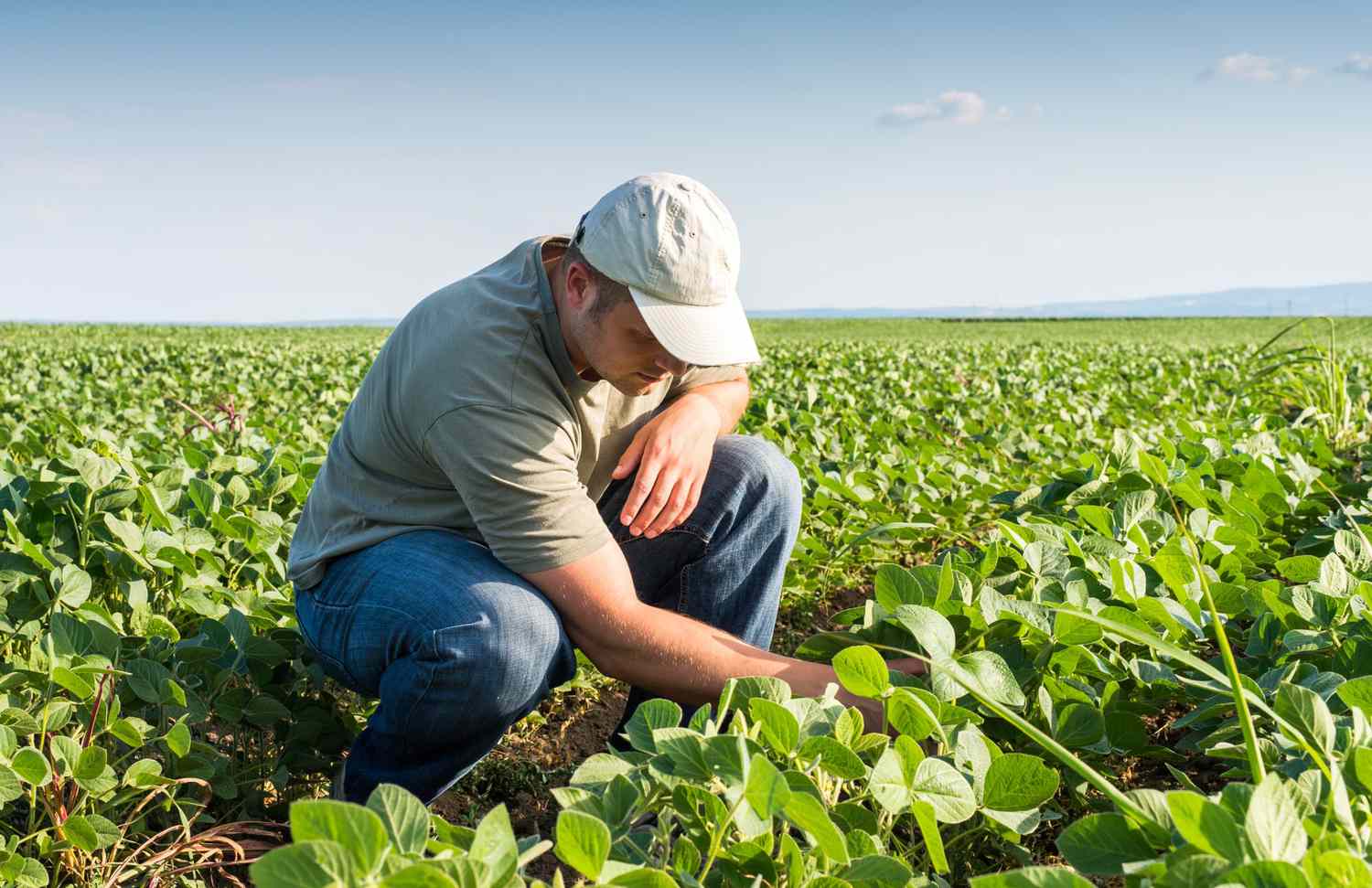

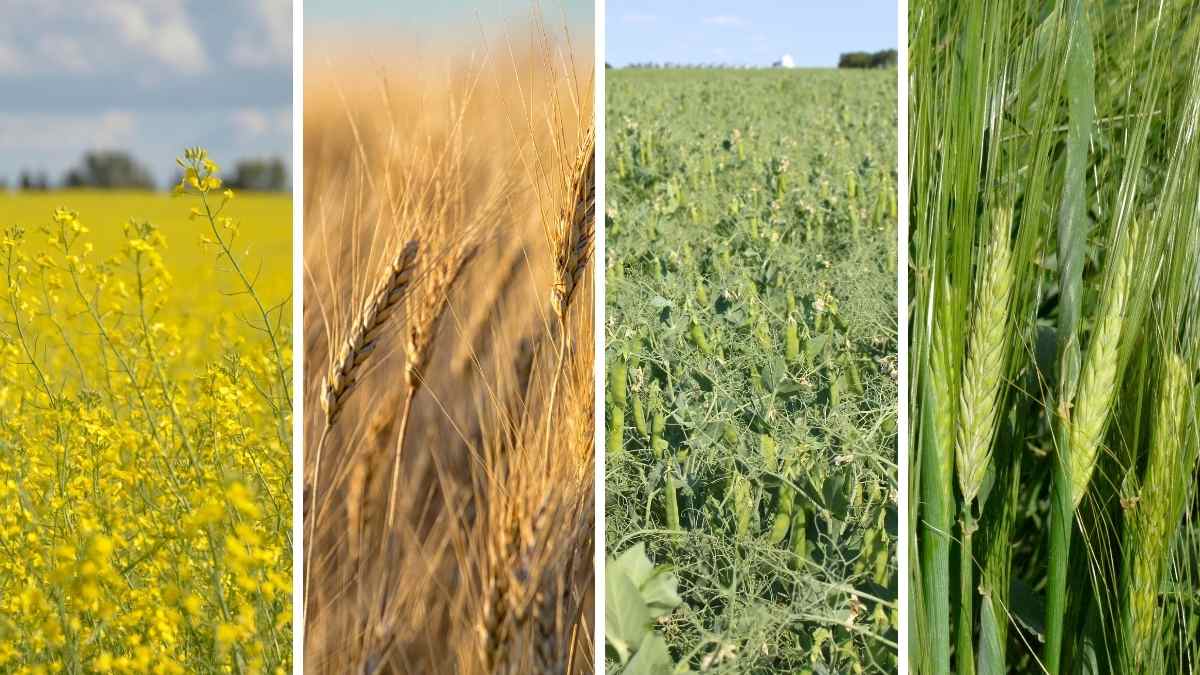
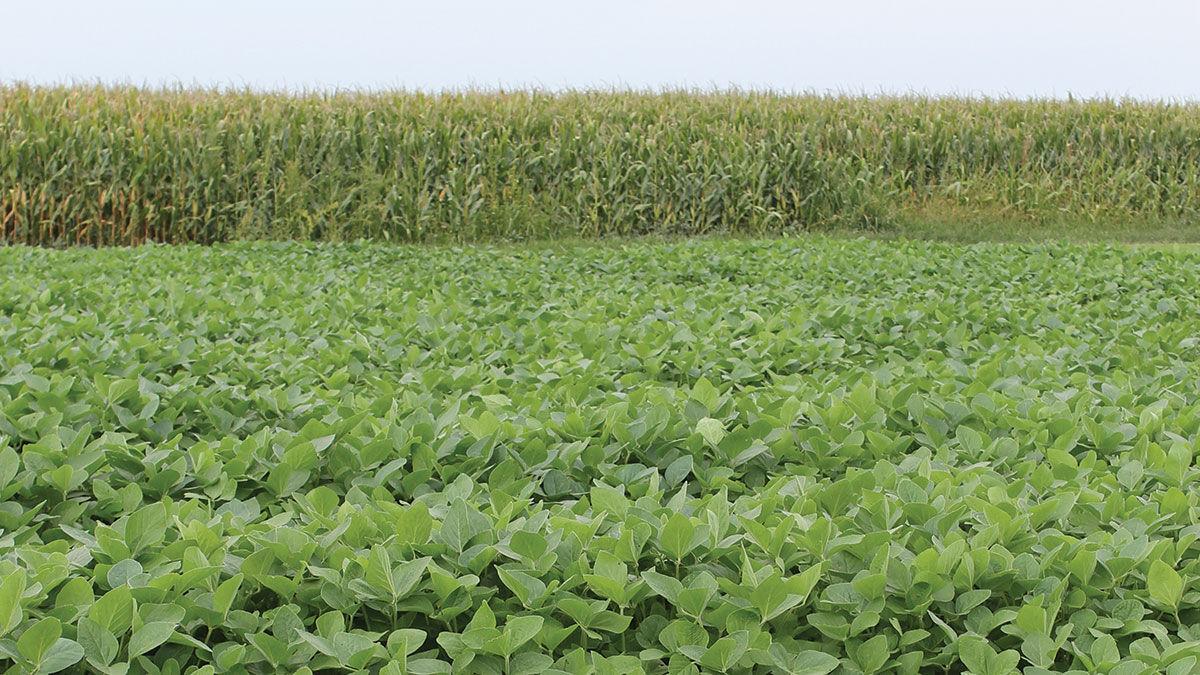
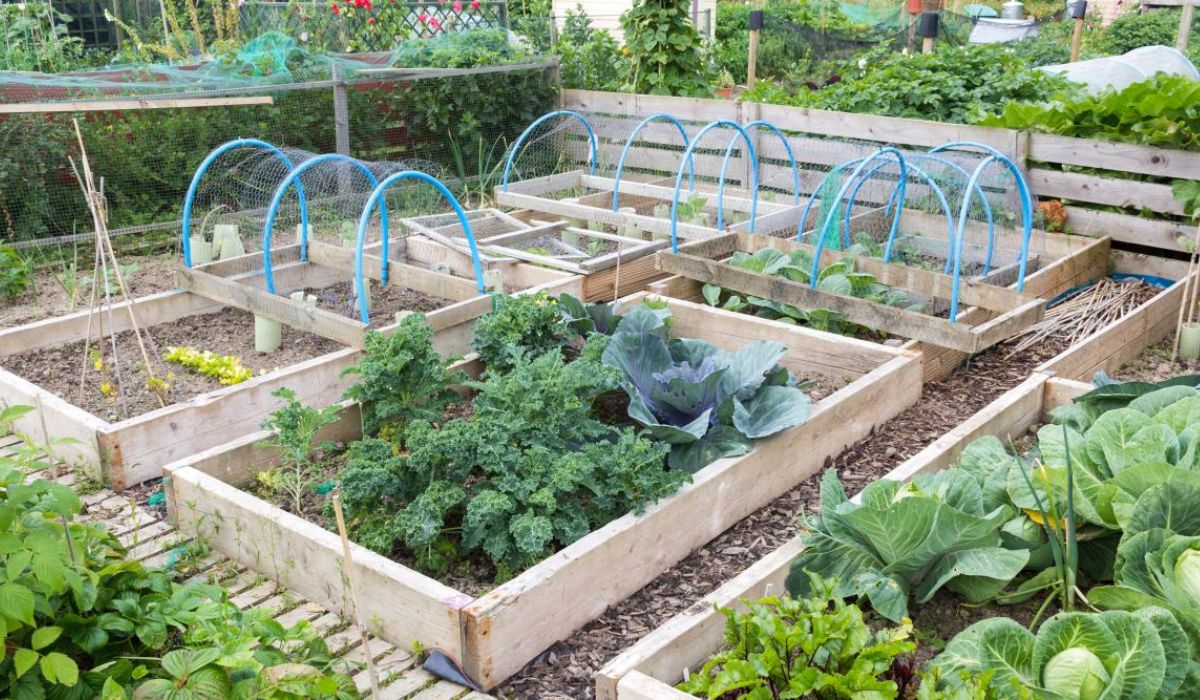
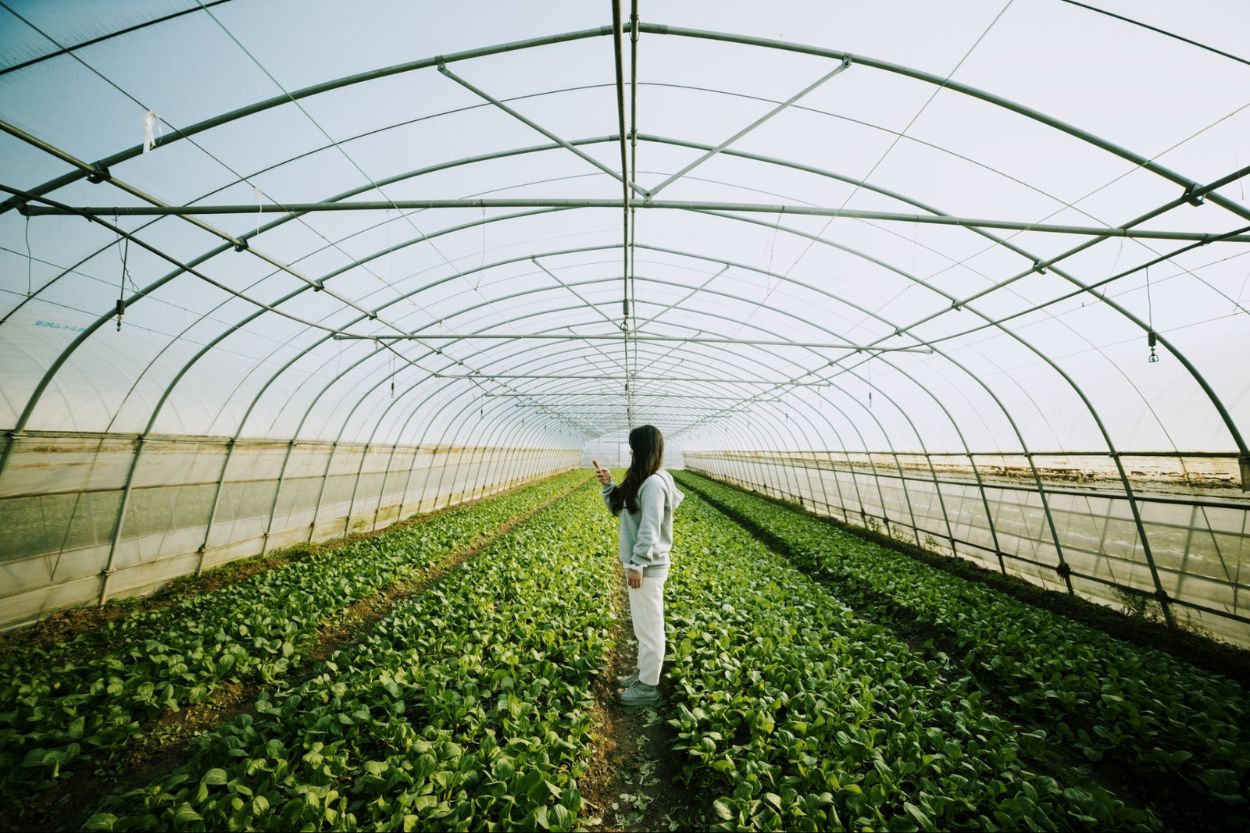


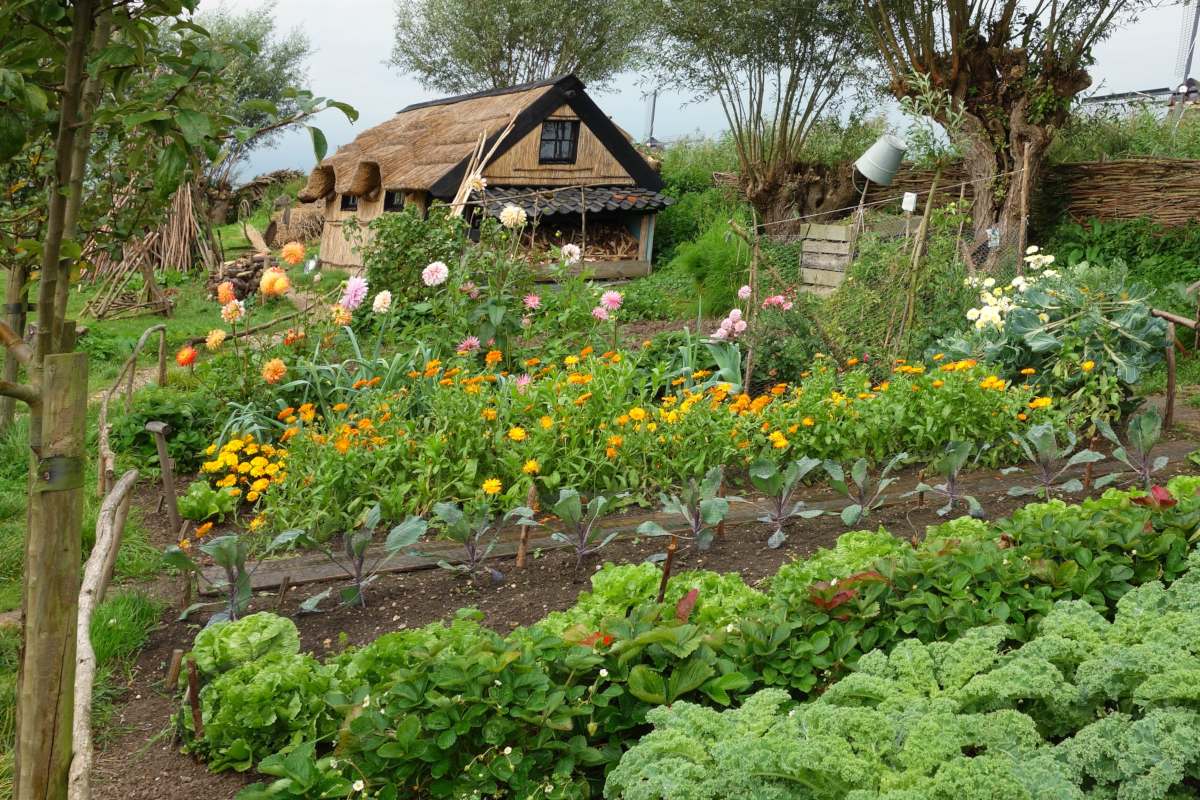


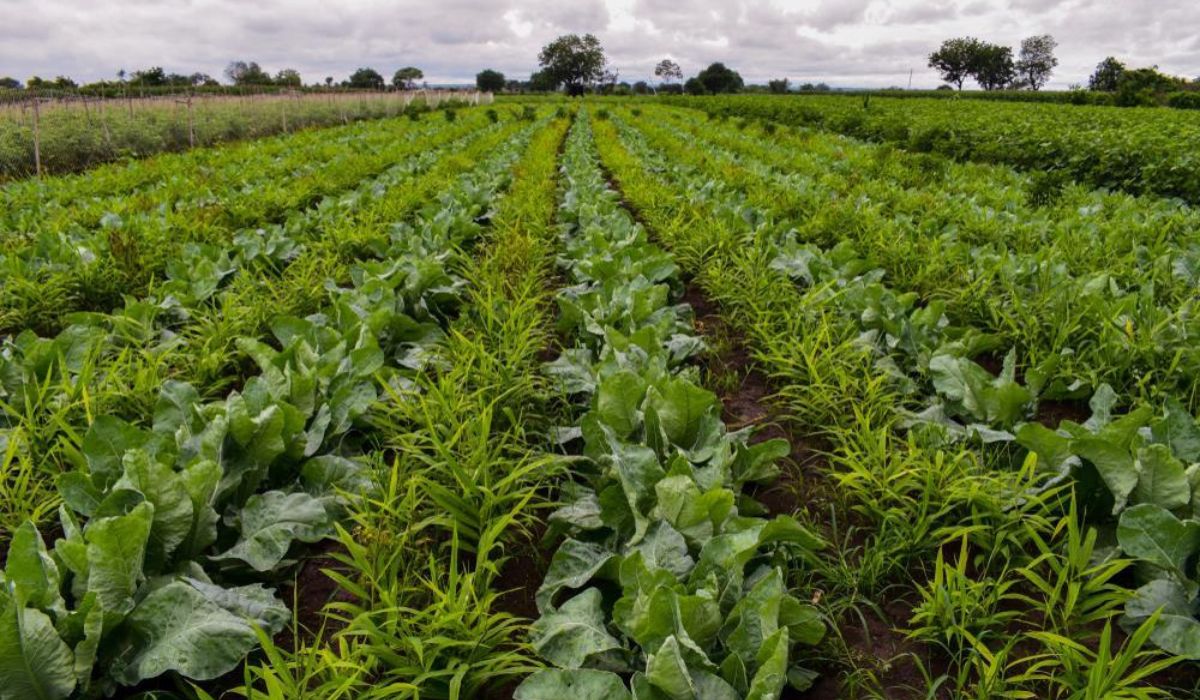

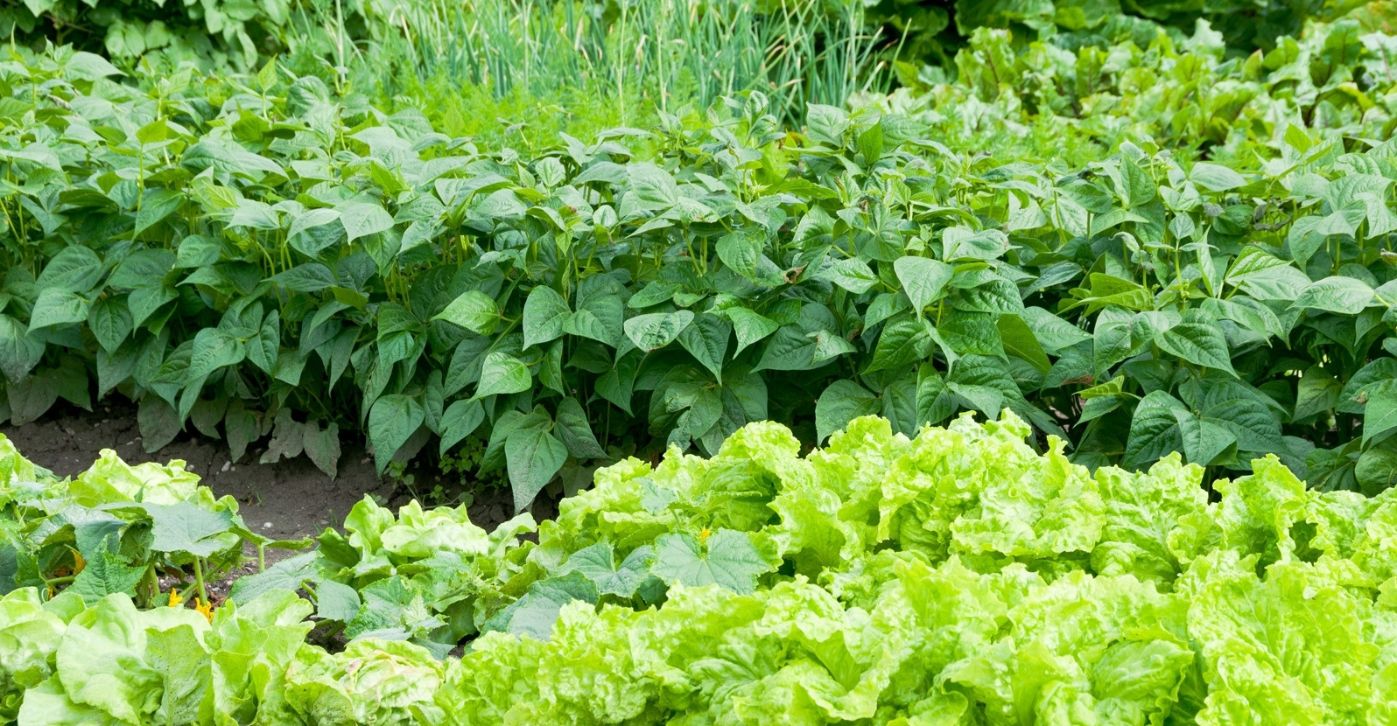

0 thoughts on “How Do Strawberries Fit Into Crop Rotation Plans?”